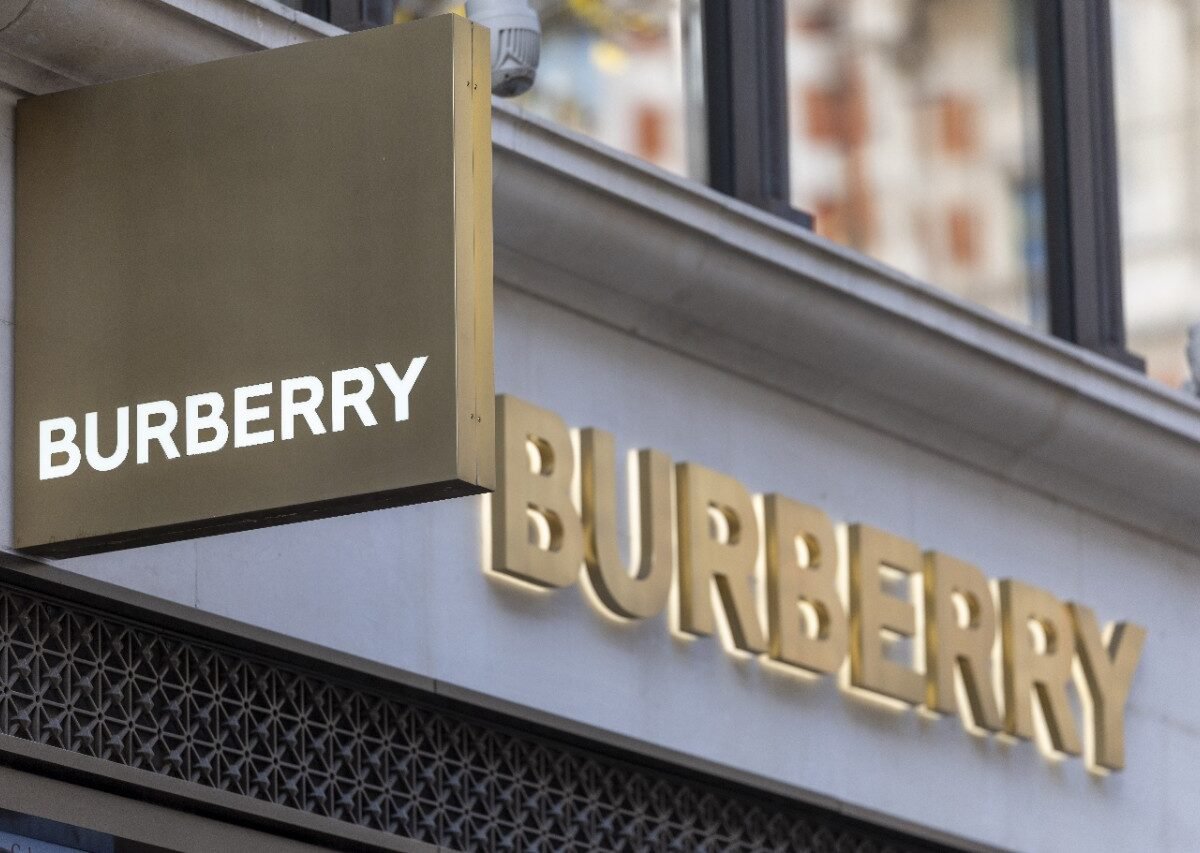Trading in luxury brand shares requires understanding both company-specific factors and broader sector dynamics that influence consumer behaviour.
Understanding the significance of stabilising sales trends
While the recent headline, 4% retail comp performance may not seem stellar, it indicates a bottoming trend following more significant drops in 2024 and early 2025. Analysts anticipated a tough Q1, and the smaller-than-expected decline suggests initiatives like the ‘Burberry Forward’ plan are beginning to gain traction.
The brand has been implementing cost-cutting efforts — £40 million announced in late 2024 — with a further £60 million target through 2027, including headcount reductions of up to 1700 roles. While these moves weigh on near-term earnings, they support a longer-term financial turnaround.
Luxury brands often face cyclical challenges, but Burberry’s ability to stabilise sales during difficult market conditions demonstrates operational resilience. The company’s focus on core product categories and key markets appears to be yielding early results.
Market conditions remain challenging across the luxury sector, with consumer sentiment particularly weak in key Asian markets. However, Burberry’s relative outperformance suggests its strategic initiatives are differentiating it from competitors.
Broader market context reveals sector challenges
FY 2025 (ended 29 March 2025) was a challenging year: revenues fell 17% to £2.46 billion; adjusted operating profit plunged to just £26 million (down ~94% YoY), compared to £418 million the prior year.
Burberry confronted a severe slump in Asia Pacific and the Americas, prompting a Chief Executive Officer (CEO) change and suspended dividend. These dramatic steps underscore the severity of challenges facing the luxury sector during recent quarters.
The disparity in analyst forecasts reflects uncertainty about the pace and sustainability of Burberry’s recovery. Investors must weigh near-term operational improvements against longer-term structural challenges in luxury retail.
Key market takeaways from trading update
- Operational traction: Retail comps trending in the right direction hints at a stabilising sales base, providing a foundation for potential future growth as market conditions normalise.
- Margin pressure remains: Cost reductions are on track, but the impact from restructuring will likely affect FY 2026. Investors should expect continued earnings volatility as the company implements efficiency measures.
- Currency & macro volatility: The ongoing backdrop of unfavourable foreign exchange (FX) rates and cautious consumer demand continues. These external factors remain largely outside management control but significantly impact reported performance.
Shares in luxury brands like Burberry often reflect broader consumer confidence and spending patterns, making them sensitive to economic cycles and currency movements.
Investment considerations for Burberry shares
Burberry’s turnaround story presents both opportunities and risks for investors. The company’s strong brand heritage and global presence provide competitive advantages, but execution risks remain significant.
The cost reduction programme should improve margins over time but may temporarily impact brand investment and growth initiatives. Investors must balance short-term efficiency gains against longer-term brand positioning.
Currency exposure creates additional volatility, particularly given the company’s global operations and sterling reporting currency. Exchange rate movements can significantly impact reported results regardless of underlying operational performance.
Share trading around earnings and updates requires careful risk management, particularly in volatile luxury sector stocks like Burberry.
Competitive positioning in luxury retail
Burberry competes in the highly competitive luxury fashion sector, where brand perception and consumer loyalty drive long-term success. The company’s British heritage and iconic designs provide differentiation but require consistent investment.
Digital transformation initiatives become increasingly important as luxury consumption shifts online. Burberry’s progress in e-commerce and digital marketing will influence its ability to capture younger consumers.
Supply chain resilience and sustainability initiatives also impact brand perception and operational efficiency. The company’s ability to adapt to changing consumer preferences while maintaining luxury positioning remains crucial.
Exchange-traded funds (ETFs) trading in luxury retail funds provides broader sector exposure for investors seeking diversification beyond individual stock selection.
How to trade Burberry shares
- Research Burberry’s business model thoroughly, including its exposure to different geographic markets and product categories. Understanding these factors helps predict how external conditions might impact share price performance.
- Consider both trading and investing approaches based on your time horizon and risk tolerance. Luxury brands can experience significant volatility around results announcements and market sentiment shifts.
- Choose whether you want to trade or invest in Burberry shares. Trading platforms provide real-time data and analysis tools for making informed decisions about luxury retail stocks.
- Open an account with us to access Burberry shares and comprehensive market analysis. Our platform offers research tools and risk management features for luxury sector trading.
- Search for Burberry on our platform to monitor price action and analyst commentary. Consider using limit orders and stop-losses to manage risk, particularly given the stock’s potential for significant price movements around quarterly updates.





